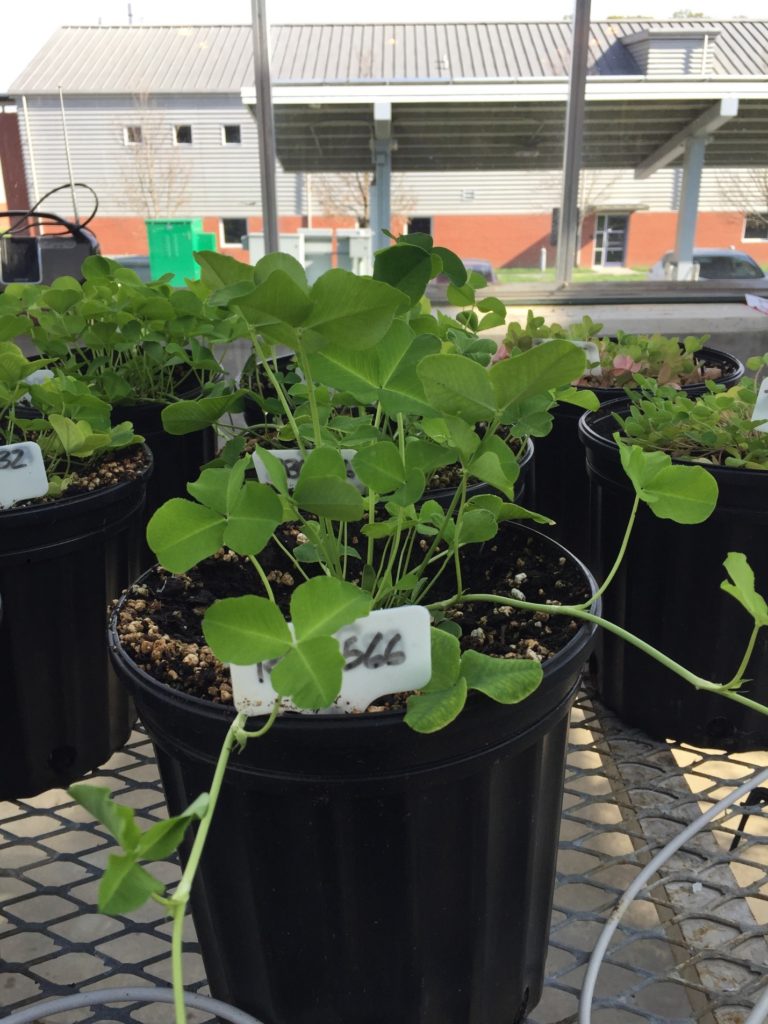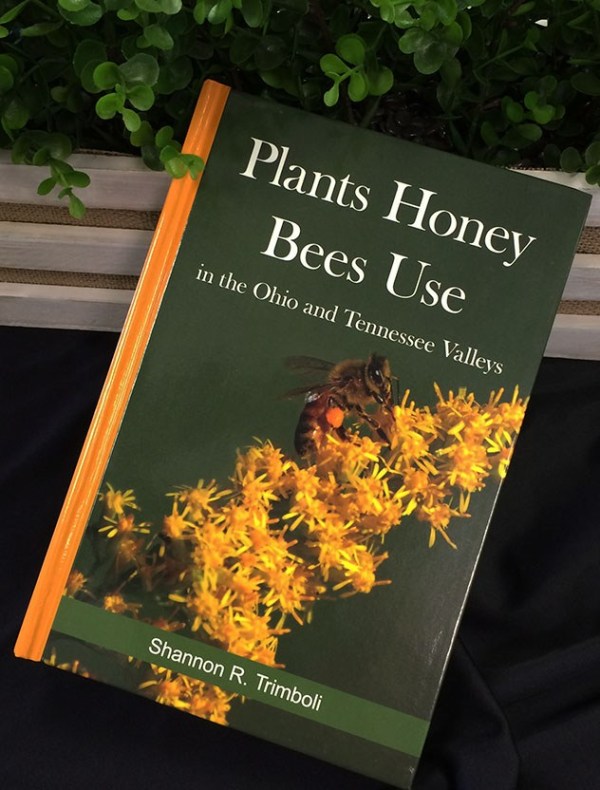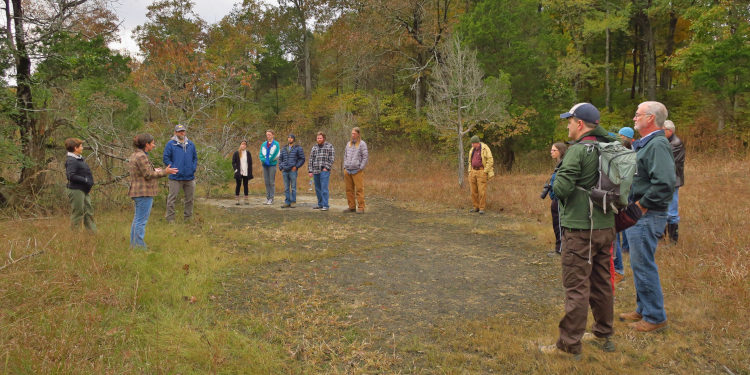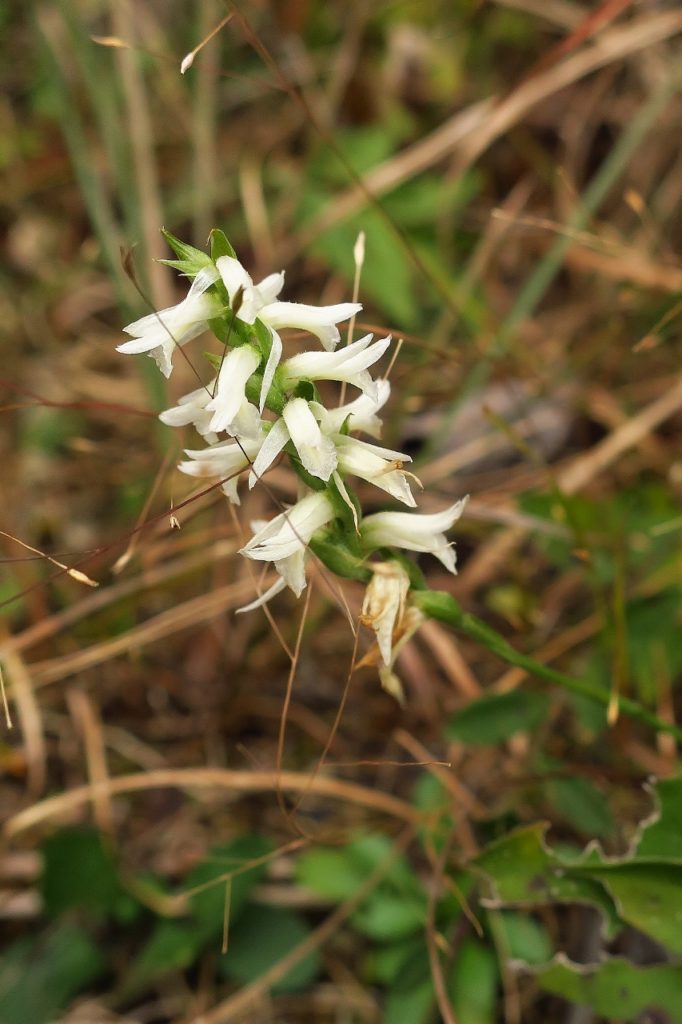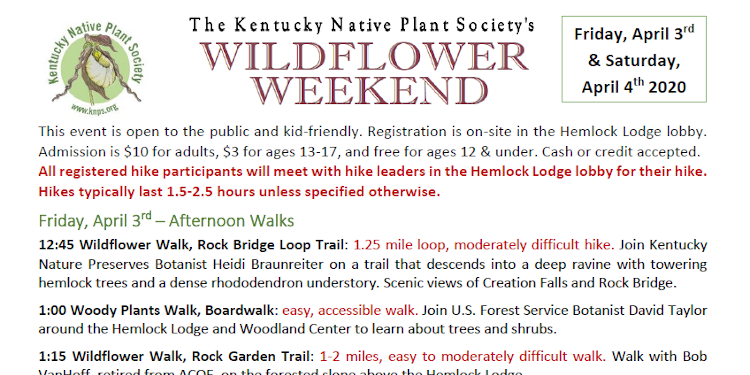Calvin Andries
KNPS has many research grant opportunities; you can read about them and recent winners by viewing the Grants page. Recently, editor Nick Koenig caught up with 2018 winner, Calvin Andries to see how his research was going, and here’s what Calvin had to say.
During the 2018 growing season, I conducted vascular floras of two wetlands within the Red River Gorge Geological Area and Clifty Wilderness. The floras were created using vouchers I collected, and some herbarium records for a total of 106 vouchers from 2016–2018; they documented 35 families, 49 genera, and 61 species. The most taxon-rich families were Cyperaceae (10 spp.), Fagaceae (four spp.), and Rubiaceae (four spp.). This study investigated two NatureServe ecological systems – an Appalachian sinkhole and depression pond with the upland sweetgum-red maple pond association, and a Cumberland seepage forest with a forested swamp bog association.
The full results of this study are currently in review for publication, but this project wouldn’t have happened without the guidance of my advisor, Dr. Brad Ruhfel, and the support from the Society of Herbarium Curators, the Kentucky Society of Natural History, Battelle, and of course the Kentucky Native Plant Society. Without the support of these great groups I wouldn’t have been able to make the 20+ collecting trips and purchased the collecting supplies needed to conduct this flora.
Since finishing my flora, I have graduated from Eastern Kentucky University and have moved down south to the University of Georgia where I am pursuing a Masters of Science in Forestry and Natural Resources with a wildlife emphasis.
My masters thesis work will look a little different from my undergraduate research, but will be staying in the realm of botany. I am working with a power company to develop a way to remotely identify natural prairies along powerline right-of-ways in the eastern half of the Piedmont region of Georgia. This project will help preserve these uncommon early-successional habitats and document the impact they have on pollinators such as the monarch butterfly (Danaus plexippus). In addition, this project will rely on a combination of field work, herbarium records, and citizen science data.
If anyone finds themselves in Georgia over the next year, make sure to post what flowers you see! Thank you to everyone at Kentucky Native Plant Society and within the botanical community in Kentucky for the support you gave me through undergrad, and for the well wishes as I continue my academic journey.


